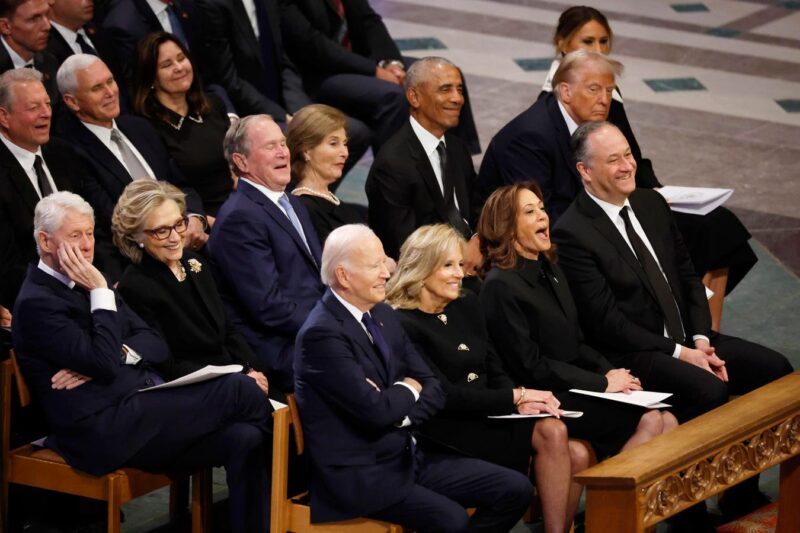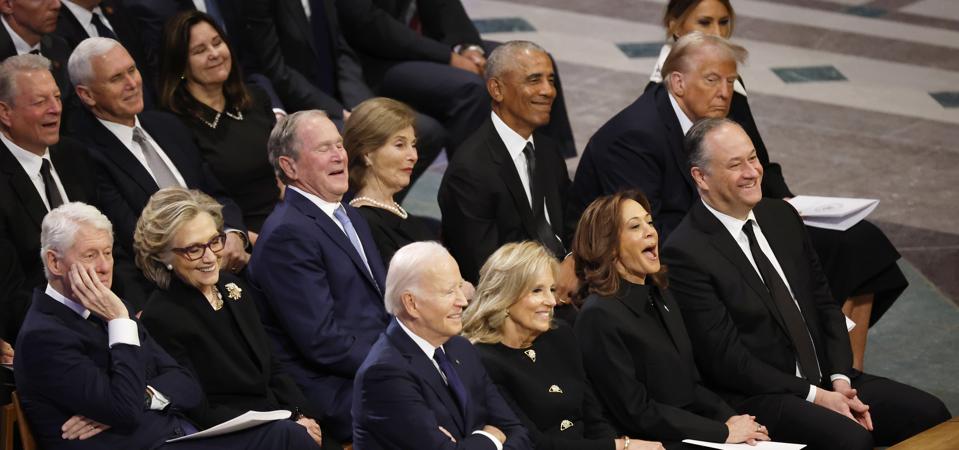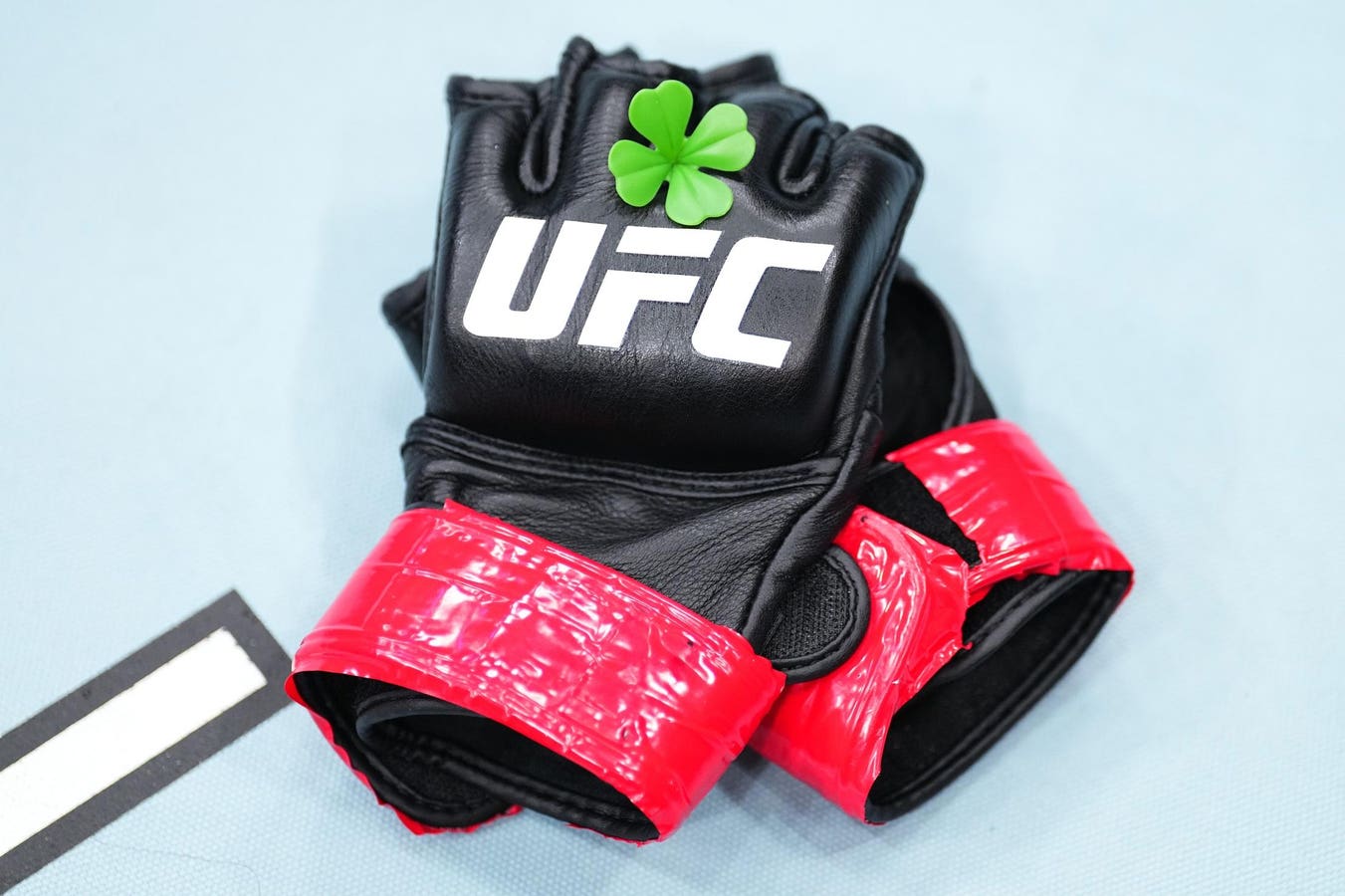Forty-five people, all men, have held the office of U.S. president. Almost all of them had pets at some point during their presidency. Here are the few who didn’t (only one of which is a modern-day president).
Getty Images
In the history of the United States presidency, most presidents have had pets while in office. These animals have ranged from dogs and cats to more unusual companions, becoming part of the daily life within the White House.
Yet, among all 45 men who have served as president, there are a small number who did not have pets during their time in office. In recent history, Donald Trump is the only president who did not have any pets while serving as commander-in-chief.
If you’re curious to know which pet-free president held office before him, you’ll have to go as far back as the 19th century. James K. Polk (1845–1849), for example, is a notable president with no documented pets during his administration.
Other presidents from the 19th century who did not have pets while in office likely included Millard Fillmore (1850–1853), Franklin Pierce (1853–1857) and Chester A. Arthur (1881–1885). While the historical records may be incomplete or less detailed, these presidencies stand out as exceptions to the general trend.
Paw Prints In The White House
The tradition of presidential pets spans much of U.S. history and reflects the varied personal interests of presidents. Pets have been part of White House life for over two centuries and often capture the public’s attention. Dogs are the most common type of presidential pet, but cats, horses, birds, rabbits and even more unusual animals have lived at 1600 Pennsylvania Avenue.
From a biological standpoint, humans have a long history of relationships with domesticated animals. Pets provide companionship, but whether or not a person chooses to keep pets can depend on many factors including lifestyle, preferences, and practical considerations.
Famous Presidential Pets And Their Breeds
Fala
FDR and his dog, eternalized in this Washington monument.
getty
Franklin D. Roosevelt’s Scottish terrier embodied the classic terrier traits of intense energy, sharp alertness and a particularly independent spirit. Terriers were originally bred to hunt small game and manage vermin, requiring a blend of agility, tenacity and intelligence. Scottish terriers are also known for their thick, wiry coat that protects in harsh terrain and unpredictable weather conditions.
Bo And Sunny
A 2013 picture of the Obama family dogs.
Getty Images
Barack Obama’s Portuguese water dogs were notable not only for their charm but also for their hypoallergenic, non-shedding coats: a non-negotiable for allergy-prone families. This working dog originated along the rocky Atlantic coast of Portugal, where they helped fishermen by herding fish into nets, retrieving dropped tackle and serving as message carriers between boats. Adaptations like webbed feet and a water-resistant double coat are clear signs of overcoming evolutionary pressures for aquatic proficiency.
Millie
A 1989 photo of Barbara Bush and Millie.
Getty Images
Millie, an English springer spaniel and companion of President George H. W. Bush, came from a line of dogs that was bred for both endurance and attentiveness. Springers have traditionally worked beside hunters in the English countryside, flushing birds from thick hedges and retrieving game from streams. What made them remarkable wasn’t just their athleticism but their alert intelligence, that quick response to voice and gesture. Known for a friendly disposition and high energy, English springer spaniels require regular exercise and mental stimulation — qualities that underscore the breed’s suitability both as a working dog and a family pet. Millie became widely recognized not just for her role in the Bush family but also as a figure of Americana, inspiring a bestselling book attributed to her “authorship.”
Checkers
Nixon and Checkers.
Bettmann Archive
Richard Nixon’s beloved cocker spaniel was a representative of a breed well-known for its sociable nature and distinctive long, floppy ears that aid in scent-trailing during hunting. Although cocker spaniels were bred as “flushing” dogs for hunting upland game birds, their strong prey drive is balanced by a gentle temperament. And it is this combination of sharpness and softness that make them one of the most popular companion dog breeds to this day. The classic cocker spaniel expressive eyes and affectionate nature were also what helped Checkers become an emblematic figure during Nixon’s political career, notably lending a personal and relatable image to the president through the “Checkers speech.”
Pushinka
John F. Kennedy’s dog, Pushinka, was a mixed breed with a singular, legendary history. She was a gift from Soviet Premier Nikita Khrushchev and the daughter of Strelka, one of the first dogs to successfully orbit Earth and return alive. Pushinka’s presence in the White House was symbolic of a rare moment of goodwill between two superpowers during the Cold War era. Biologically speaking, Pushinka’s mixed heritage reflected the genetic diversity often found in working and companion dogs in Russia. This unique backstory emphasizes the ways in which animals can sometimes transcend their roles as pets and become participants in diplomatic and cultural narratives.
Buddy
A 1998 photo of Bill Clinton and Buddy playing on the putting green on the south lawn of the White House.
Getty Images
Bill Clinton’s Labrador Retriever embodied traits common to the Labrador breed, such as intelligence, sociability and a strong retrieving instinct. Labradors are among the most popular dog breeds worldwide, originally bred in Newfoundland for assisting fishermen by retrieving nets and catching fish that escaped. Their friendly disposition and adaptability make them excellent family pets and service dogs.
Are you an animal lover who owns a pet? Take the science-backed Pet Personality Test to know how well you know your little friend.









